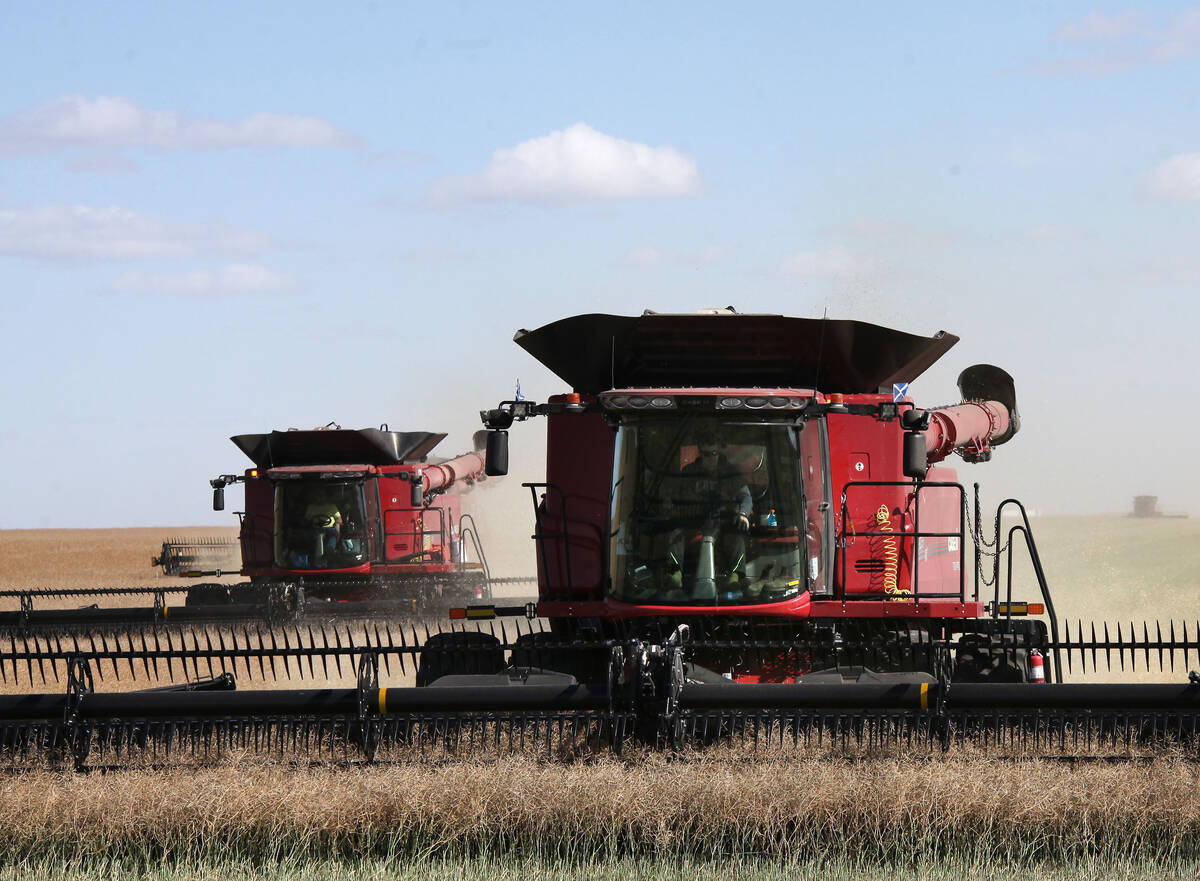Chicago | Reuters — Chicago wheat futures fell on Thursday, giving back more of their recent gains, as traders sought to take profits amid mixed crop weather in the Northern Hemisphere and wider concerns about an economic slowdown.
Meanwhile, soybean and soybean meal futures jumped on news of robust international demand, amid signs the U.S. could exceed the latest government export forecasts for this grain marketing year.
The U.S. Agriculture Department said on Thursday that soybean export sales totalled 902,100 tonnes in the week ended May 12, near the high end of market expectations.
Read Also

Calling for bigger crops ahead of StatCan report
Statistics Canada will release its first survey-based production estimates for the 2025/26 crop year on Dec. 4, with general expectations for upward revisions to most major crops from the model-based estimates in September. However, as StatCan has shown a tendency to underestimate production in its December reports, many analysts expect actual production may be revised upward in subsequent reports.
“We’re finally starting to see the impact of the smaller Brazilian crop coming home to roost,” said Brian Basting, commodity research analyst at Advance Trading.
Still, Basting cautioned, traders are closely watching whether such orders will actually be fulfilled and shipped out — or whether buyers will cancel them if they have enough coverage in place.
The most-active soybeans contract on the Chicago Board of Trade (CBOT) ended the day up 27-3/4 cents at $16.90-1/2 bushel, the highest since April 29.
CBOT corn ticked up 1-3/4 cents to $7.83-1/4 a bushel – though deferred contracts slipped on forecasts for good weather for planting and early crop development.
CBOT wheat settled down 30-1/4 cents to $12.00-1/2 a bushel, even as the International Grains Council cut its forecast for world wheat production in the 2022-23 marketing year to 769 million tonnes from 780 million.
CBOT wheat futures have been roiled since Monday after India unexpectedly banned wheat exports, adding to strain on world supplies as drought is causing severe damage to grain crops.
Wheat yield potential in Kansas was estimated at 39.7 bushels per acre on Thursday by crop scouts on an annual Wheat Quality Council tour, well below the five-year crop tour average of 47.4 bushels per acre from 2016-2021.
— P.J. Huffstutter reports on agriculture and agribusiness for Reuters from Chicago; additional reporting by Julie Ingwersen in Manhattan, Kansas, Sybille de La Hamaide and Gus Trompiz in Paris and Hallie Gu and Dominique Patton in Beijing.















